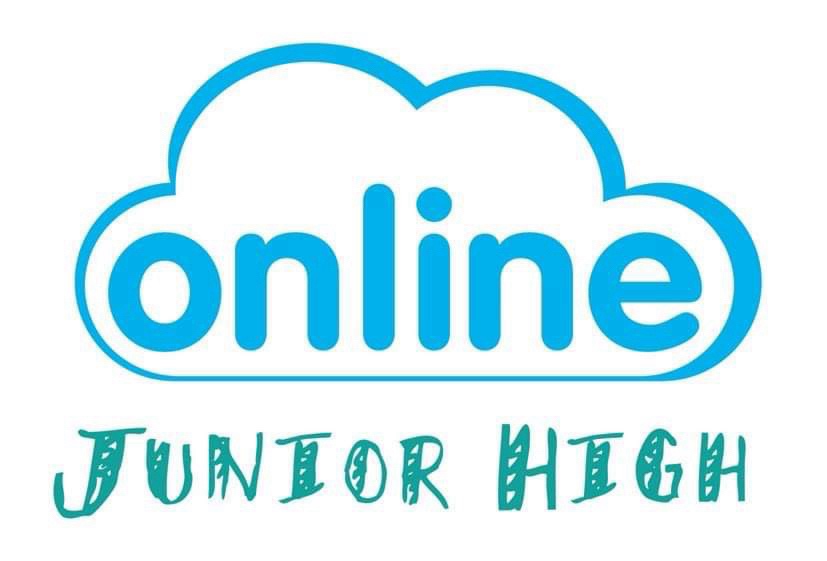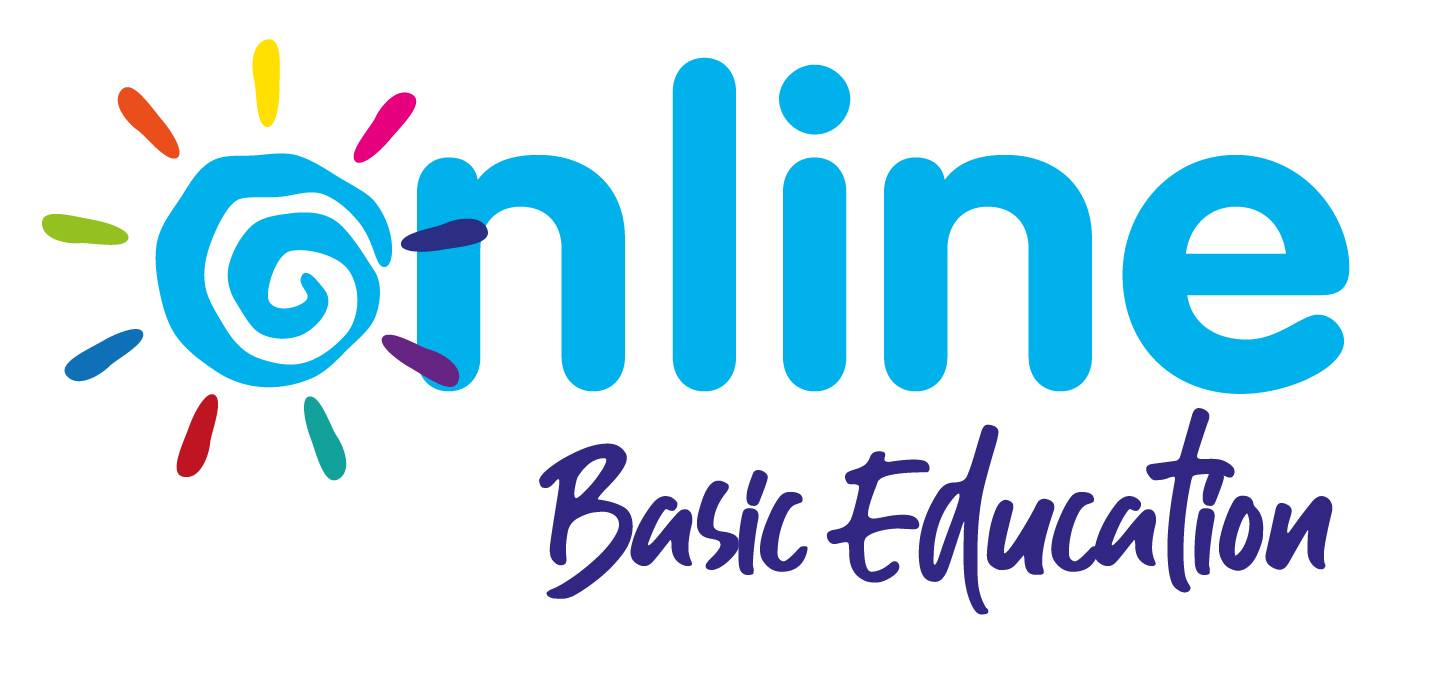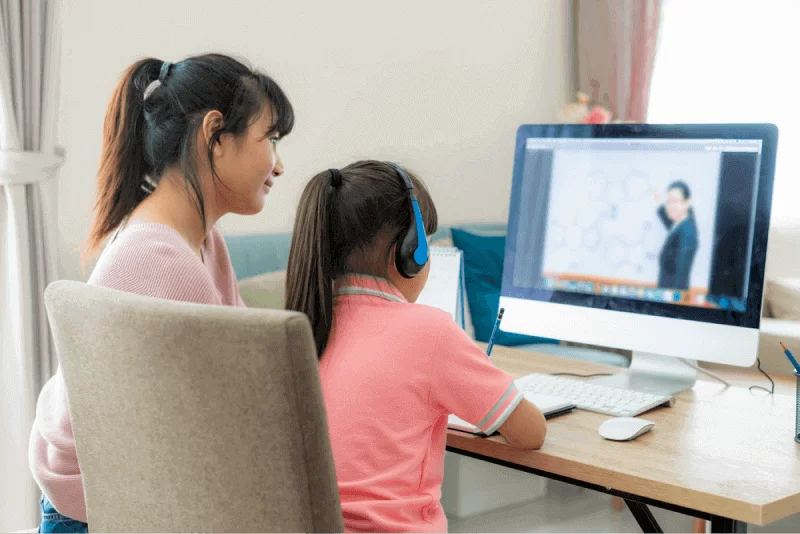Jumpstarting a career in journalism starts as early as high school. The first step to your career is choosing the best Senior High School (SHS) strand for journalism, marking a significant phase in your academic journey. As a student, it’s important to do thorough research on the ideal track for you to take before enrolling in school.
Online senior high schools in the Philippines offer various tracks and strands, providing you with the opportunity to tailor your education to your interests and aspirations. In this article, we explore the ideal program specifically aligned with journalism and the courses you can expect within its curriculum.
But First, What are the Strands and Tracks in Senior High School?
For SHS in the Philippines, there are four tracks to choose from, the Academic Track, Technical-Vocational-Livelihood (TVL) Track, the Sports Track, and the Arts and Design Track. And in the Academic Track, it’s further split into different strands that specialize in different courses:
- Accountancy, Business, and Management (ABM) Strand: Ideal if you’re interested in business, entrepreneurship, and management.
- Science, Technology, Engineering, and Mathematics (STEM) Strand: Perfect if you have an aptitude for science, mathematics, and engineering.
- Humanities and Social Sciences (HUMSS) Strand: Best if you’re passionate about the humanities, social sciences, and communication.
- General Academic Strand (GAS): Suitable if you have not yet decided on a specific specialization.
Each of the strands under the Academic Track has its own specific advantages based on what you want to pursue for your collegiate studies. Reading the in-depth guide to all strands in senior high is advisable to fully understand the benefits and differences of each one.

So, What SHS Strand is Journalism in?
The strand for Journalism falls under the Academic Track, within the Humanities and Social Sciences strand. The HUMSS program was developed to prepare you for a college degree in the liberal arts, focusing on honing your reading and writing skills, communication, and literacy in media and information.
To know more about its curriculum, here are some of the classes you can expect based on OEd’s program:
- Media and Communication Subjects: The curriculum encompasses a range of media and communication subjects that equip you with the theoretical and practical knowledge needed in the field of journalism. This includes courses in media and information literacy, oral communication, and English for academic and professional purposes.
- Writing Proficiency: A strong emphasis is placed on developing exceptional writing skills. As a student, you can engage in various writing exercises, from basic to creative writing, to cultivate your ability to articulate thoughts clearly and concisely.
- Investigative Research: Practical aspects of journalism, such as investigative research, are incorporated into the curriculum. This involves hands-on experience in acquiring information about certain social issues that affect the Philippine community.
- Ethical Journalism Practices: The HUMSS strand for Journalism places a high value on ethical considerations in media and social science in general. In the program, you are taught principles of responsible journalism, fact-checking, and maintaining integrity in reporting through your practical research, critical thinking, and social sciences classes.
- Internship Opportunities: Generally, institutions offering Journalism provide opportunities for internships with reputable media organizations. In the case of OEd, we give you, our students, the freedom to pursue practical exposure so you can apply your theoretical knowledge in real-world settings.
Overall, taking the journalism senior high school strand through HUMSS is a great choice if you’re interested in a career in media. HUMSS can provide you with the fundamental principles of journalism, giving you an advantage as you pursue your collegiate studies.
However, if you’re unsure if HUMSS is the right option for you, you can always enroll in the General Academic Strand to have a broader list of classes. That way, you can still apply to other courses outside of the social sciences in case you change your mind about it.

Further Education
Completing the HUMSS strand opens up a myriad of opportunities for you with your tertiary education. Some of the possible courses to take after HUMSS are:
- Bachelor of Science in Mass Communication: The BA Communication program offers an exploration of communication disciplines, emphasizing strong verbal and written skills. Graduates of this course are well-prepared for diverse careers in journalism, public relations, and digital media, combining theoretical knowledge with practical skills for success in the field of communication.
- Bachelor of Arts in English Language: The BA English Language course is designed to hone skills in language, literature, and effective communication. This degree dives into the nuances of language, allowing students to master the art of impactful expression. Graduates of this degree can expect to become wordsmiths, literary analysts, and communication specialists.
- Bachelor of Arts in Political Science: The BA Political Science degree dives into the study of government, public policies, and political behavior. This program cultivates skills to analyze global political landscapes, emphasizing the Philippine Government and Politics with Comparative Studies. It aspires to foster graduates who are professionally competent, ethically upright, and socially responsible contributors to national development.
If you pursue a degree in Political Science yet transition into journalism, you can apply skills in communication and politics as a reporter. Your knowledge of critical thinking, creative reading and writing, and governance can help you write meaningful political articles or conduct smart and relevant interviews with government units.
Pursuing degrees that directly relate to journalism like BA English and BA Communication can give you an upper hand in the field. However, taking any of the humanities and sociology courses can still prove to be beneficial to you—especially if you go into journalism with knowledge of specific topics.
Career Paths
Completing the Journalism strand opens up a myriad of career opportunities for you after graduating from college. Some potential job opportunities include:

1. Journalist/Reporter
As a journalist or reporter, you can actively engage with the world of news and current affairs. This role involves researching, investigating, and reporting on events, issues, and stories for various media outlets, including newspapers, magazines, online platforms, or broadcast journalism. Journalists play a crucial role in keeping the public informed and aware of the latest happenings.
2. Content Writer
Strong writing skills acquired through the Journalism strand can help you venture into content creation. Content writers contribute to digital platforms, blogs, or corporate communications, crafting compelling and informative articles.
Whether generating engaging online content or contributing to organizational communication materials, content writers play an important role in conveying messages effectively.

3. Media Producer
If you’re inclined towards media production, the Journalism strand opens doors to roles as media producers. This involves creating various forms of visual and audio content, such as news segments, documentaries, or multimedia presentations.
Media producers contribute to the storytelling process by translating information into engaging and visually appealing formats for diverse audiences.
4. Public Relations Specialist
The understanding of communication dynamics gained from the Journalism strand can be valuable if you’re pursuing a career as a public relations specialist. In this role, you manage public relations for organizations, ensuring effective communication with the public and media.
Public relations specialists work to build and maintain a positive public image for their clients, handling communication strategies and crisis management.
Ultimately, learning the fundamentals of journalism as early as senior high school can give you an advantage in most fields since communication is an in-demand skill. Learning what SHS strand to take for journalism as early as now can jumpstart your career in communication and teach you the basic principles to help you thrive.
Shaping Your Future with OEd
Choosing the Journalism strand through HUMSS in Senior High School is not just a decision, it’s a commitment to the art of storytelling and truth-seeking. Aspiring journalists pursuing this educational journey can find themselves equipped with the skills, knowledge, and ethical foundation necessary to thrive in the world of media and journalism.
Here at OEd SHS, we are an online school in the Philippines offering flexible education. With our HUMSS strand’s curriculum, we can provide you with a gateway to a fulfilling and impactful career in journalism, where words have the power to inform, inspire, and shape the narrative of our society.
Get in touch with us today to learn more about our programs!







